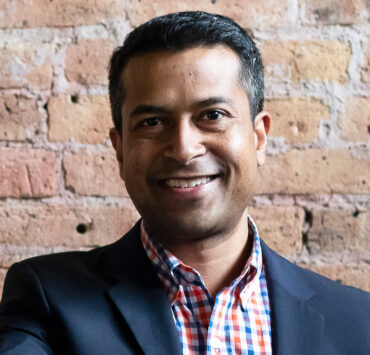|
Getting your Trinity Audio player ready...
|
Since its start in 2001, Prime Healthcare has grown into one of the biggest hospital systems in the nation. The organization now operates nearly fifty facilities in fourteen states with a network of more than fifty thousand employees.
Still, leaders at Prime believe that healthcare should be local and attuned to the specific needs of the communities they serve. How do they live up to that stated belief as they drive continued growth? Prime invests to save struggling hospitals to keep the delivery of care uninterrupted.
Then, its leaders rely on the power of the Prime network as they strengthen each acquired facility with capital investments. In the past seventeen years, Prime Healthcare has invested about $1.7 billion in these efforts as they’ve brought new technologies, modern equipment, increased efficiencies, and better care to thousands of patients.
Prime Healthcare has revived forty-five hospitals in the United States. In 2020, its leaders announced that the US Bankruptcy Court had approved a deal for the $350 million acquisition of St. Francis Medical Center in Lynwood, California. Prime committed $47 million for technology and system upgrades, and Dr. Sunny Bhatia, Prime Healthcare’s Region I CEO and corporate chief medical officer, said the agreement “reflects our decades-long mission of saving, improving, and investing in community hospitals.” St. Francis, a 384-bed acute care facility with one of LA County’s largest private emergency trauma centers, remained open and later played a major role in responding to surging COVID-19 cases in the area.
Helen Peltekci joined Prime Healthcare’s legal team as assistant general counsel for professional liability in 2020 to leverage her experience with medical malpractice, insurance bad faith, and professional liability. She previously logged more than eighteen years as a litigation attorney with Giovanniello Law Group. She’s helping Prime reduce risk and ramp up education as part of a legal team dedicated to protecting its physicians in a time of increased growth.
An emphasis on lower costs and finding efficiencies helps Prime put itself in a position to invest in and save failing hospitals. In late 2021, the Lown Institute Hospitals Index ranked the system among its ten most efficient for costs. The index ranked three thousand hospitals while considering many factors including pricing and outcomes.
Five Prime hospitals, including Saint Mary’s Regional Medical Center, Encino Hospital Medical Center, East Liverpool City Hospital, Centinela Hospital Medical Center, and Desert Valley Hospital were included in the list of the twenty-five most cost-efficient hospitals in the United States.
“The best hospitals prove that you can save Medicare dollars and deliver great patient outcomes at the same time,” said Vikas Saini, MD, president of the Lown Institute. “If we want to keep costs low for the Medicare program and provide quality care for the 60 million Americans who depend on it, hospitals must be as efficient as possible.” Additionally, Prime Healthcare received top Lown Institute marks for social responsibility.
One new and important Prime endeavor will further increase access and quality of care to patients. In late 2021, the health system’s leaders celebrated a collaboration with healthcare provider Carbon Health. The deal will introduce Carbon’s urgent care clinics to patients in Prime’s markets, offering instant access to care from virtual and in-person appointments.
“Our goal is to deliver exceptional care to patients based on their needs, whether in our hospitals, physician offices, urgent care centers, or through virtual visits,” said Kavitha Bhatia, MD, chief medical officer of strategy for Prime Healthcare. “Carbon Health’s innovative model enables patients to access care how and when they desire, creating an unparalleled patient experience. The partnership with Carbon Health expands Prime’s model and expands access to quality healthcare for all. We look forward to continuing to expand this partnership in communities across the nation.”
These creative partnerships will continue to help Prime Healthcare execute on its turnaround model as rural community hospitals struggle. Even before the pandemic, critical access hospitals and other small facilities faced significant challenges.
Many across the nation were closing, leaving patients without access to care and care providers without access to jobs and paychecks. In an April 2020 article Healthcare IT News pointed to several factors, listing “financial pressures, an aging population, tightened reimbursements, and even difficulties in attracting and retaining providers.”
Then COVID-19 hit. Struggling hospitals were overwhelmed. Many leaders, like the chief executive of a twenty-five-bed facility and outpatient clinics in Arkansas, turned to grants and loans Congress provided via the Coronavirus Aid, Relief, and Economic Security Act. “For us, this was survival money and we spent it already,” Paul Taylor told NPR, adding that he doesn’t know how he can reimburse Medicare for the $8 million borrowed.
This is the dilemma administrators face across the country. Closure threats are real, and death rates increase when hospitals close. That’s why Prime’s leaders are passionate about the company’s model to save hospitals and keep their doors open. To date, the organization has saved forty-five hospitals without ever letting one close.

